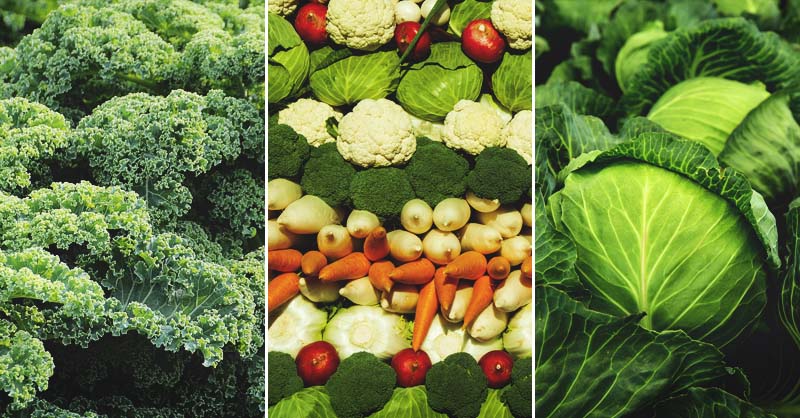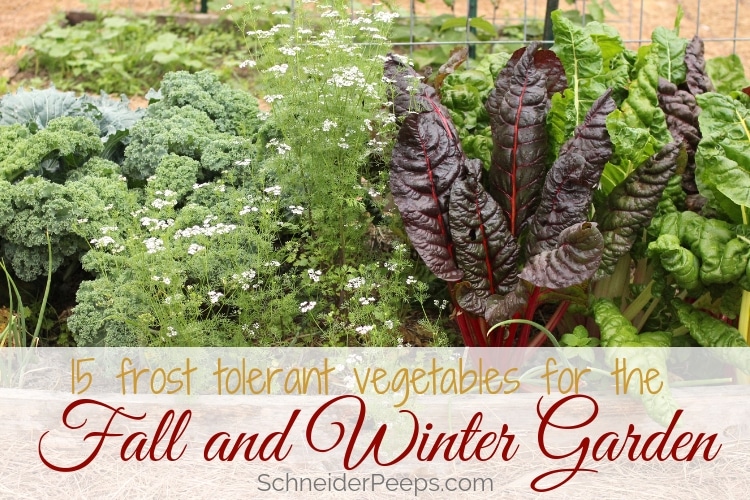How to Grow the Best Vegetables in Cold Climates

Gardening in cold climates can be a challenge, but it doesn't have to be a daunting task. Imagine transforming your frosty backyard into a thriving oasis of fresh, nutritious vegetables. With the right knowledge and a bit of patience, you can cultivate a bountiful harvest even in the chilliest of conditions. Let's dive into the world of cold-weather gardening and explore the best vegetables to grow in cold climates.
Understanding Cold-Weather Gardening
Cold-weather gardening is all about selecting the right crops and employing smart techniques to ensure they thrive. Hardy vegetables, frost-tolerant plants, and cool-season crops are your allies in this endeavor. These plants are specifically adapted to survive and even flourish in lower temperatures.
Choosing the Right Vegetables
When it comes to cold-weather gardening, not all vegetables are created equal. Some of the best vegetables to grow in cold climates include:
- Spinach: This leafy green is not only nutritious but also highly resilient to cold temperatures.
- Kale: Known for its hardiness, kale can withstand frost and even tastes sweeter after a cold snap.
- Broccoli: A cool-season crop that thrives in temperatures between 60°F and 70°F.
- Carrots: These root vegetables can tolerate light frosts and are perfect for cold-weather gardens.
- Brussels Sprouts: These mini cabbages are exceptionally hardy and can survive temperatures as low as 20°F.

Preparing Your Garden for Cold Weather
Preparation is key when it comes to cold-weather gardening. Here are some essential steps to get your garden ready:
- Soil Preparation: Enrich your soil with compost or well-rotted manure to improve its structure and nutrient content.
- Mulching: Apply a layer of organic mulch to insulate the soil and protect your plants from extreme temperature fluctuations.
- Cover Crops: Plant cover crops like clover or winter rye to improve soil health and prevent erosion during the winter months.
Planting Techniques for Cold Climates
Successful cold-weather gardening requires some strategic planting techniques:
- Timing: Plant your cool-season crops in early spring or late summer to ensure they have enough time to mature before the first frost.
- Spacing: Proper spacing is crucial to allow for adequate air circulation and prevent diseases.
- Row Covers: Use row covers or frost blankets to protect your plants from sudden temperature drops.
Caring for Your Cold-Weather Garden
Once your garden is established, it's important to provide the right care to ensure your plants thrive:
Watering and Fertilizing
- Watering: Water your plants deeply but infrequently to encourage strong root growth. Avoid watering in the evening to prevent frost damage.
- Fertilizing: Use a balanced, slow-release fertilizer to provide your plants with the nutrients they need to grow strong and healthy.
Pest and Disease Management
Cold-weather gardens are not immune to pests and diseases. Here are some tips to keep your garden healthy:
- Inspect Regularly: Regularly inspect your plants for signs of pests or diseases and address any issues promptly.
- Rotate Crops: Practice crop rotation to prevent the buildup of pests and diseases in the soil.
- Use Organic Methods: Opt for organic pest control methods to minimize the impact on the environment.

Harvesting and Storing Your Winter Vegetables
Harvesting your winter vegetables at the right time is crucial to ensure their quality and longevity:
- Timing: Harvest your vegetables when they are young and tender for the best flavor and texture.
- Storage: Store your harvested vegetables in a cool, dark place to prolong their shelf life. Some vegetables, like carrots and beets, can be stored in the ground and harvested as needed.
Conclusion
Growing the best vegetables in cold climates is not only possible but also incredibly rewarding. By choosing the right hardy vegetables, preparing your garden properly, and employing smart planting and care techniques, you can enjoy a bountiful harvest even in the chilliest of conditions. So, why not embrace the challenge and turn your frosty backyard into a thriving oasis of fresh, nutritious vegetables?
FAQs
What are the best vegetables to grow in cold climates? Some of the best vegetables to grow in cold climates include spinach, kale, broccoli, carrots, and Brussels sprouts.
How do I prepare my garden for cold weather? Prepare your garden for cold weather by enriching the soil with compost, applying a layer of organic mulch, and planting cover crops to improve soil health.
What are some effective planting techniques for cold climates? Effective planting techniques for cold climates include timing your planting to avoid frost, proper spacing for air circulation, and using row covers to protect your plants.
How do I care for my cold-weather garden? Care for your cold-weather garden by watering deeply but infrequently, using a balanced fertilizer, inspecting regularly for pests and diseases, practicing crop rotation, and using organic pest control methods.
How do I harvest and store my winter vegetables? Harvest your winter vegetables when they are young and tender, and store them in a cool, dark place to prolong their shelf life. Some vegetables can be stored in the ground and harvested as needed.
0 Response to "How to Grow the Best Vegetables in Cold Climates"
Post a Comment